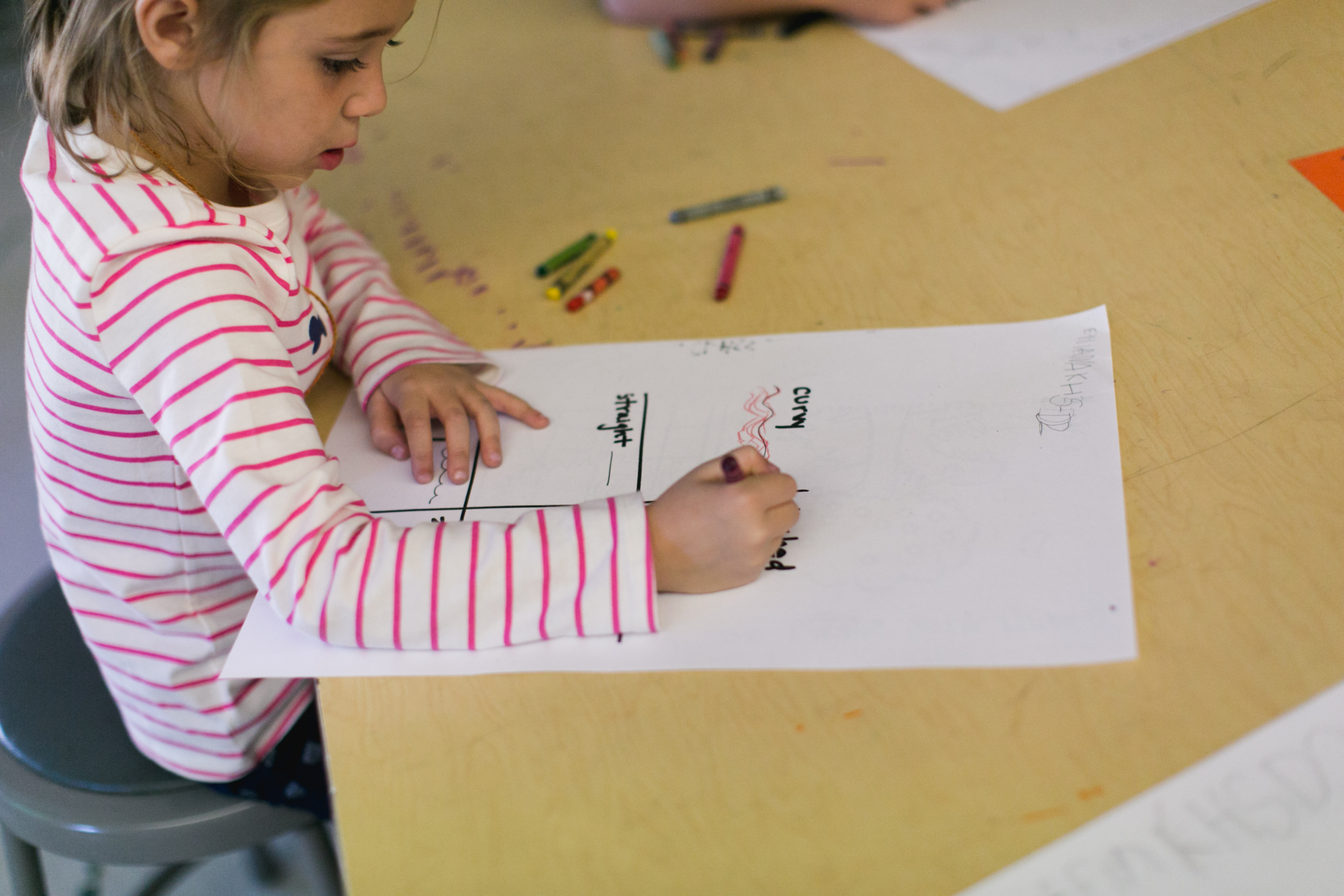Federal Education Aid becomes more important during this COVID-19 pandemic. There are four key funding streams that are needed to support K-12 schools as they continue to provide essential services
- Address homework gap by adding $4 billion to e-rate funding
- Provide a proportionate share of the CARES funding for private and parochial schools to be based on Free and Reduced lunch enrollment (like Title I)
- Gain flexibility around local maintenance of effort requirements for IDEA and for Perkins Career & Technical Education funding
- Provide $2.6 billion to mitigate the estimated financial loss that school nutrition programs have and will continue to experience as a result of the COVID-19 pandemic
Learn more about each below in this update from the NREAC, which MREA is a member.
Contact members of Congress to address the homework gap and proportionate share issue. Congressional contact information.
Homework Gap
Early estimates show more than 55 million students have been forced into remote learning due to the pandemic, and that about 12 million students across the nation lack adequate Internet access to support online learning. Learn more about connectivity in Minnesota.
Congress must ensure the next COVID-19 funding package include $4 billion in direct funds to the Federal Communications Commission’s (FCC) Schools and Libraries Program, commonly called the E-Rate program, to help connect millions of students to the internet. Review the letter from NREAC. You can sign your name to the list by clicking here.
Learn more and view map on districts’ levels of connectivity.
Proportionate Share
The U.S. Department of Education on April 1 issued guidance on the provision of equitable services (ES) that is required under the $13.5 billion in CARES funding.
For context, the ES Provision is as old as ESEA itself and is the mechanism by which private schools receive services by reserving a share of Title I dollars. It is premised on a simple idea: Title I eligible students are to receive Title I funded support whether they are in private or public schools.
Under USED’s interpretation, private schools would be able to count all students, not just low-income students, in determining the share of CARES funding for equitable services. This interpretation is in stark contrast with CARES language, which makes clear in its intent that ES shall be applied in the same manner as section 1117 of ESSA, meaning that the proportional share for equitable services be based on poverty.
The net effect of this guidance is to funnel more resources to private schools regardless of need and to undercut the dollars going to public schools through CARES. We are opposed to this interpretation and are working with the Department and the Hill to seek changes to the guidance.
To help members engage on this important issue, NREAC created a quick and concise template you can use to let your members of Congress see how the flawed interpretation’s failure to calculate the private school share of funding based on poverty results in a significant increase in private school allocation.
- To complete the template email, add your name, district name, and the percentage of your district’s FY19 (2019-20 school year) Title I and Title II set asides for equitable services.
- Submit comments to Congress through NREAC at crogers@aasa.org.
Given the controversy and advocacy efforts, NREAC recommends school districts slow roll the process to determine the equitable services share. Once the equitable service share is determined, it might be difficult to adjust that set-aside level.
Resources On This Issue
- View FAQ on Equitable Service Funding
- Learn more about Minnesota School Districts’ CARES Revenue
- Learn more on the proportionate share in Title I with FRE enrollment
- View Congressional contact information
MOE: State Spending, IDEA, CTE Flexibilities
In the CARES Act, Congress reinforced the requirement that states maintain their investments in education by including a “maintenance of effort” requirement for any state accepting funds. However, states can request a waiver for this MOE requirement.
NREAC sent a request to congress stipulating that the next package include language that in order for a state that receives stimulus aid to be granted an MOE waiver, it would be required to provide the same percentage of available revenue to education as it did in the previous fiscal year.
This approach would acknowledge the fiscal realities that states will likely face, while also protecting educational opportunities for students with the greatest need.
Additionally, we have called for specific flexibility around local maintenance of effort requirements for IDEA and for Perkins CTE funding. Learn more
School Nutrition Funding
AASA on May 1 joined 30 other organizations in urging Congress to provide $2.6 billion to mitigate the estimated financial loss that school nutrition programs have and will continue to experience as a result of the COVID-19 pandemic. Learn more
…………………………………….
Stay Connected
Stay apprised of resources and news on COVID-19 for schools at: MREAvoice.org/covid19





